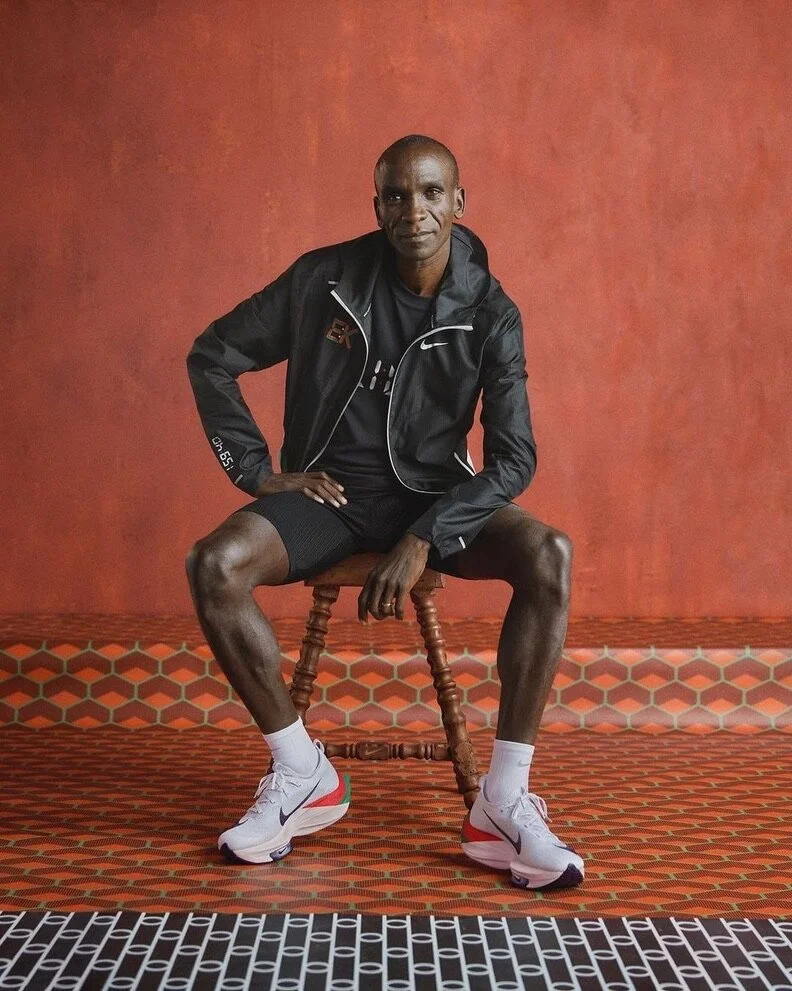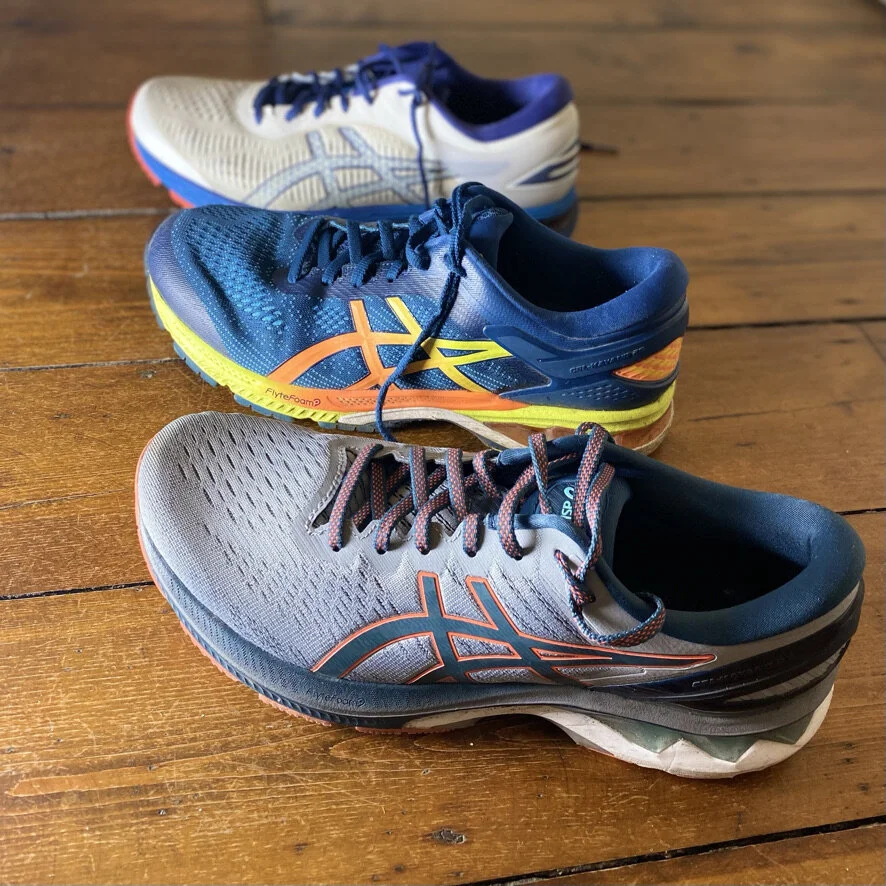Injury prevention - Get the right shoes for you
The shoes that work for Eliud may not be the ones for you, worse they may lead to injury!
I have been thinking a lot about injury prevention. I love the look and the technology in the Nike Vaporflys and closely followed Kipchoge’s immense achievement breaking the two hour marathon target wearing the VaporFly Elite. Believe me I have been tempted to buy a pair!
Very tempted, but the scars of the memories of prior injuries run deep. When I first started to run I suffered from a pain in the sole of my feet, that I later learned to be plantar fasciitis. I would have to roll a golf ball under the arch of my foot every night to help relieve the pain.
Fortunately, I was having regular personal training sessions and when I explained the issue to my trainer, he asked whether I had noticed that I had flat feet. No, I responded, I never realised that they were and that they were an issue.
I really enjoyed running and didn’t want to give up soon after starting, so was lucky to come upon a specialist running shop, Runners Need in Central London where I had a gait analysis done whilst trying out several shoes on a treadmill. One of the staff videoed my feet and to my surprise I could see that my ankles look to cave in at impact with a neutral shoe, known as overpronation. I learnt that ideally you should only run 450 to 550 miles in a pair of running shoes, due to deterioration of the structural integrity of the shoe - which you don’t notice, but lies beneath the surface. As a result the shoe can’t provide the stability and support it was designed to, which is turn will increase the risk of injuries.
That day I got on best with the Brooks Adrenaline which I used the run my first half marathon in Reading 2011. After that I learnt that I have hypermobility, hence the flat feet and fallen arches. So it wasn’t just old shoes that were causing injury, I had some muscle weaknesses due to the hyper mobility that needed addressing, which mean with some physiotherapy and shoes that provided arch support to help with overpronation.
Armed with the knowledge of my running physiology, ie that I have hypermobility and that my feet overpronate has meant that I have been able to reduce the frequency of injury, with the right strength and conditioning and stability shoes. In 2013 I was recommended the ASICS GT-3000, which I took to straight away. In 2016 I had the ASICS Foot ID gait analysis done and switched to the Gel- Kayanos which I have relied on ever since, buying the new version every version from Kayano 24 to 27.
Although, as I said at the start, I have had my head turned by the Nike VaporFlys and have always on the lookout for a stability version. So you can imagine I was super excited to learn about the Nike’s Project Fearless aim to produce running shoes that help reduce injuries, resulting in the Nike ZoomX Invincible Run.
Nike ZoomX Invincible Run from Project Fearless - I can’t wait to try these! (Photo: Nike Running)
Finally, I get to a shoe derived from the Vaporfly, I ordered them yesterday. Hopefully, I get them in time for my Sunday long run. I’ll let you know how it goes!


